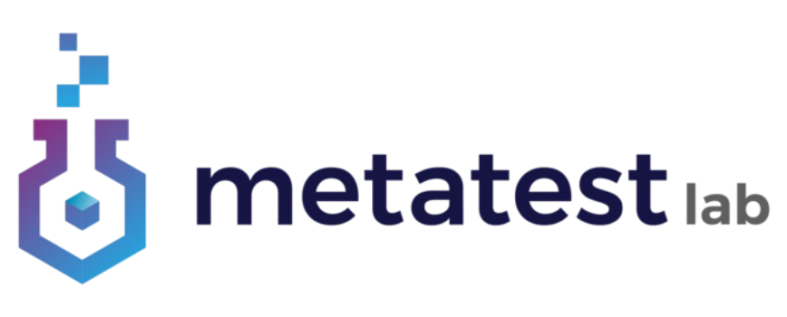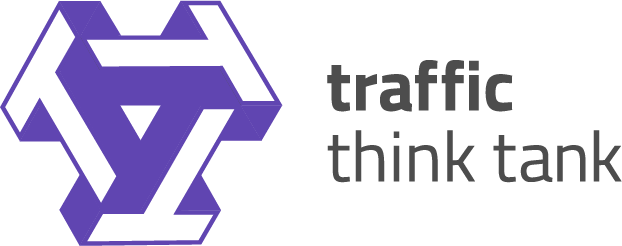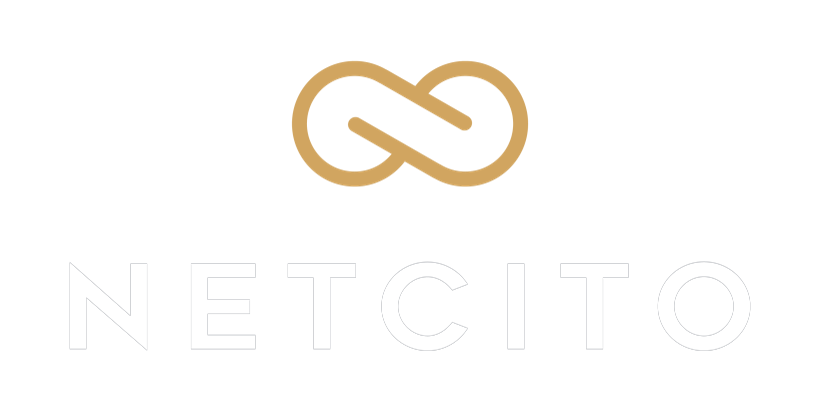Trusted By Folks From










Core Capabilities

At the core, I’m a problem-solver driven by curiosity. I always question status quo and constantly find ways to improve and innovate. This curiosity has been the cornerstone of my journey in tech.
While I strive for perfection in my work, I’ve learned the delicate balance between excellence and practicality.
— Muhammad “Riz” Rizwan

“Muhammad Rizwan (or “Riz” as I’ve come to call him) is one of the most adept, and talented web developers I’ve had the pleasure of working with so far in my career. What stands out beyond his near meticulous detail for code cleanliness, is his constant desire to question the way things are designed or built. So many of our best code designs or overall stack solutions have come from his ability to ask questions and explore ideas. He is a true pleasure to work with and I’d recommend him any and every day.”

“I cannot recommend Rizwan highly enough as an exceptionally talented WordPress developer. He possesses a remarkable skill set, from crafting pixel-perfect CSS to complex custom functionality. His problem-solving abilities and deep understanding of the WordPress ecosystem make him an invaluable asset in any project.”

“Muhammad (A.k.a. Riz) is a person I 100% consider an A-player in custom dev work that too few teams have discovered! I’ve hired Riz on several occasions for tasks large and small. He comes through for me every single time. He doesn’t just do the bare minimum either. Riz is the most proactive dev I’ve worked with. Meaning, if I’ve overlooked something, he points it out before it ever becomes an issue.”

“I’ve worked with Rizwan more times than I can count. I kept working with him because of his impressive skillset in web development and the fact that I can know that the work would be executed perfectly. Whether it’s a normal website build or a complex custom API integration, I know that Rizwan will be able to deliver a superb final product.”